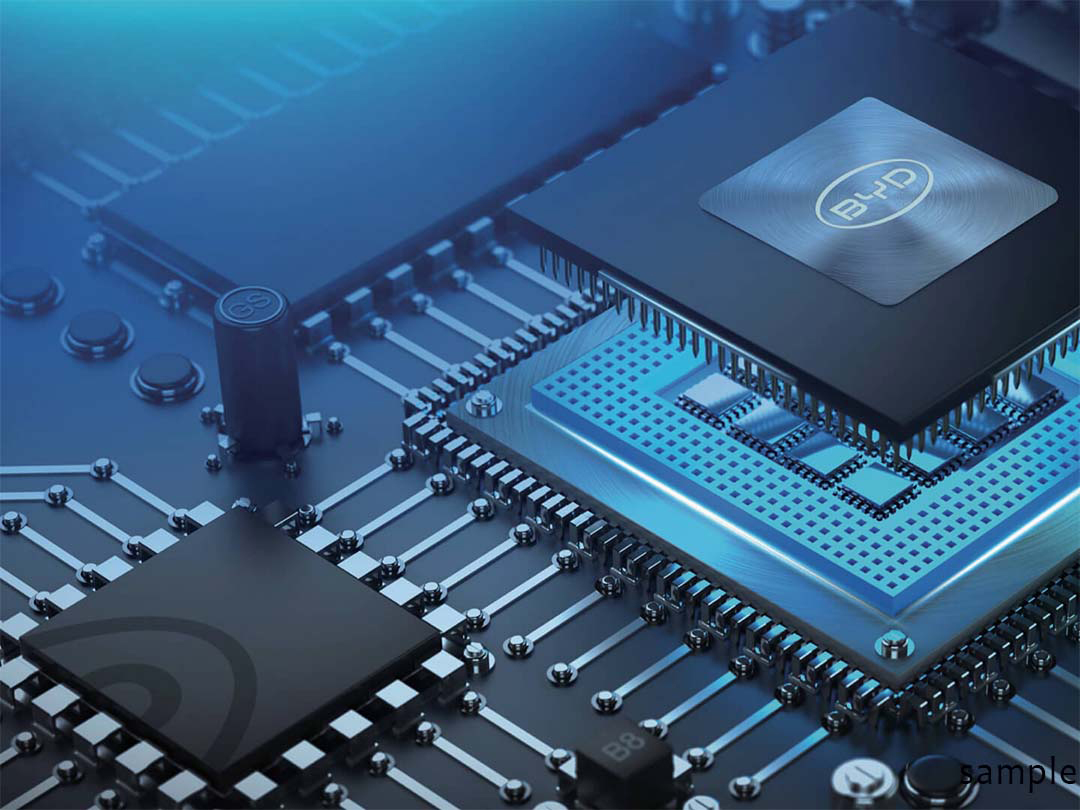BYD History
28 February 2022
BYD Co Ltd was founded by Chinese chemist Wang Chuanfu in 1995, but not as an automaker.
The company founder saw the future in power and BYD Co Ltd was formed to be a world leader in energy generation and energy storage, specifically rechargeable batteries, to compete against expensive Japanese battery manufacturers.
To do this, Wang Chuanfu studied the patents and the batteries themselves to determine how they worked and how he could make them better and more affordable; a practice that BYD has used to great effect in the advancement of its diverse product range.
Chuanfu took on an ailing Chinese auto manufacturer in 2002 and by 2003 had made its name as an automotive industry player, though it would be a few years before the company’s first automotive product would be released.
Diversification is a key strength of BYD Co Ltd, and the company’s battery tech, found in many popular brands of cellular phones, laptops, and electronic consumer goods – plus its interests in new energy and rail transit – allowed BYD Auto to successfully step into the world’s automotive stage.
It was 2008 when the Shengzhen-based automaker burst onto the scene when US billionaire investor, Warren Buffet bought into the company with a 10% stake, citing BYD Auto as ‘’one day becoming the largest player in a global automobile market that was inevitably going electric.’’
This had the resultant effect of bringing BYD onto Daimler’s radar, which formed a joint venture partnership with BYD Auto to produce an electrified version of the B-Class MPV – a worthwhile project which could have gone further than it did were it not for Mercedes-Benz’ reluctance to pursue the JV.
Meantime, BYD Auto was still in the business of re-engineering successful vehicles, branding them as BYD products but by 2013 and using its second-generation models as a springboard, elected to step into independent vehicle design and in 2016, appointed ex-Alfa Romeo and SEAT designer Wolfgang Egger as lead design director for BYD.
With more distinctive styling, BYD products came into their own and took on very specific identities, named for Chinese dynasties: the Qin, Tang, Yuan, Song and – most recently – the Han, a mid to large luxury sedan flagship model released in 2020.
The Han has an EV or PHEV powertrain and is best compared to the likes of a Tesla S. It is a car 10 years in development and is the last of BYD Auto’s second-generation models and the first to incorporate BYD Auto’s proprietary Blade battery – arguably the safest battery for the automotive industry.
As an interesting footnote to BYD Auto’s history, the company went to a car producing standstill at the start of the Covid pandemic as did many other manufacturers.
Being an agile company, BYD Auto followed the wheel tracks of other marques and began production of face masks, but – as is typical for BYD, improved on mask production, manufacturing not only masks, but the sewing machines which produce the masks as well.
This demonstration of agility and manufacturing ability has seen BYD Auto weather the storms which have plagued many automakers. BYD Auto can produce many of its vehicle parts in-house and this includes the construction of microchips.
BYD Auto has spun off its component manufacturing ability and formed a new subsidiary – Fudi – which allows direct competitors to purchase BYD components without conflictive branding.
More of the same – in terms of vehicles – will be seen in time as BYD Auto drives its electric and hybrid electric vehicles further out into the world.
As of April 2022, BYD Auto has announced it is no longer producing any form of gasoline-powered vehicles, the first automaker to commit to an exclusively electric future.
"Creating a sustainable future with smart and electric innovations is what we commit and dedicate ourselves to."
